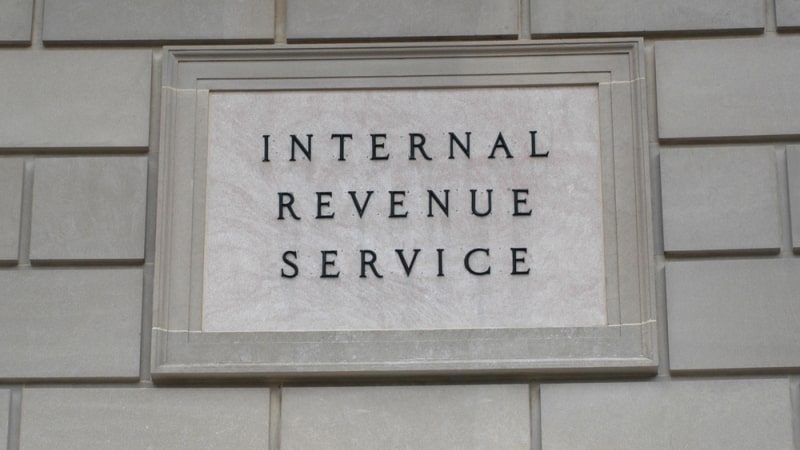
The Internal Revenue Service (IRS) is streamlining its sprawling case management system into a single, digital system. According to the Treasury Inspector General for Tax Administration (TIGA) report, the program has struggled to meet user expectations and accessibility requirements mandated by law.
The report by TIGA was initiated to review the migration of legacy case management systems to the Enterprise Case Management (ECM) solution. In April 2020, the IRS issued a multi-year product solution award with a total value of more than $45 million. And in July 2020, the IRS created the Enterprise Digitalization and Case Management Office to support overall IRS modernization and implementation of long-term changes stemming from the Taxpayer First Act.
However, the audit found that the ECM program has not finalized its Scaled Agile Framework (SAFe) configuration. The goal of SAFe is to achieve greater alignment and visibility across the organization, connecting the business strategy to execution and enabling better business results faster and with a higher degree of predictability and quality.
“The Chief Information Officer and the Co-Director [of] EDCMO, should ensure that the ECM program optimizes and fully implements the selected SAFe configuration’s core competencies,” TIGA recommended in the report. The IRS agreed with this recommendation and will document its current SAFe implementation and perform a SAFe competency assessment for the associated core competencies.
IRS employees told TIGA they were frustrated with the first product deployment, Release 1.0, in September 2020 and cited there was “poor communication regarding changes in expected functionality of the initial release and inadequate training,” the report stated.
End-users expected the initial release of the ECM tool to include the ability to access, read and update datasets. But the product could not functionally read or edit data as originally expected, and the change in functionality was not communicated to end-users before the release. Despite multiple updates, as of April 2021, the system still requires end-users to use workarounds for retrieving and updating data.
“The CIO and the Co-Director [of] EDCMO must ensure that end users are involved early in the development process to improve training material and user acceptance of future ECM software releases,” the TIGA report recommended. The IRS agreed with this recommendation and stated that it implemented actions to address the recommendation.
Additionally, the report found significant Section 508 defects. Section 508 of the Rehabilitation Act of 1973 requires Federal agencies to make their electronic and information technology accessible to people with disabilities. The ECM program identified Section 508 compliance defects as a significant issue when the product was deployed. So, TIGA recommended a review of development activities to improve Section 508 compliance and ensure minimal impact for future ECM software releases.
The IRS also agreed with this recommendation and stated that it is reviewing its development activities and has taken actions to significantly reduce the number of Section 508 compliance defects in the current ECM release and subsequent releases.
The report also offers some additional improvements identified by a program contractor:
- The program benefits are defined only in broad terms and lack specificity.
- The ECM program has yet to finalize a roadmap to achieve its goals between 2020 and the end of the calendar year 2022.
- The ECM program has yet to implement all necessary characteristics of a high-performing agile program.
These recommendations will be considered with the future Release 2.0, which is on track to deploy within the year.
